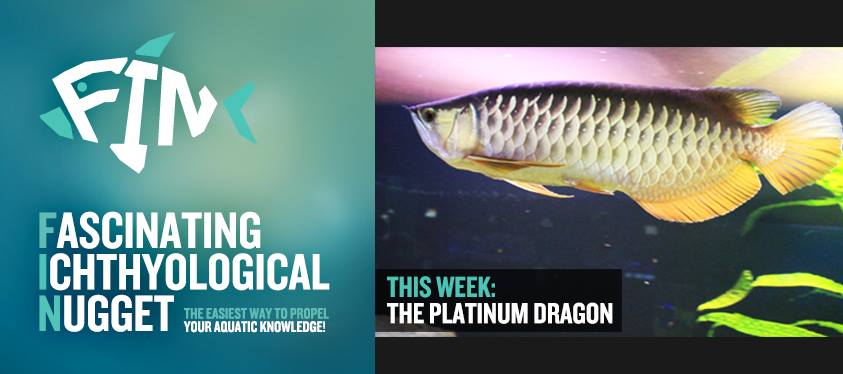Cookie Policy
We use cookies to help improve the experience you have on this site. You can find out more here.
We use cookies to help improve the experience you have on this site. You can find out more here.


Like almost any other hobby or pursuit, fishkeeping has its fair share of those who are willing to spend that little bit extra for something special. While book lovers yearn for pristine first editions and car enthusiasts will spend hours polishing their vintage pride and joy, some aquarists will go to extraordinary lengths to acquire that one species that will make everyone else green around the gills with envy.
For delivery before Christmas, orders must be placed on or before 3pm on Wednesday 20th December. We cannot guarantee delivery of these orders pre-Christmas as we are reliant on our couriers, but will use our best endeavours to get orders placed on this date out to you before Christmas. For full details of our festive delivery and opening times click here
Please note: online orders placed after 3pm on Friday 22nd December will not be dispatched until the New Year. For full details of our festive delivery and opening times click here